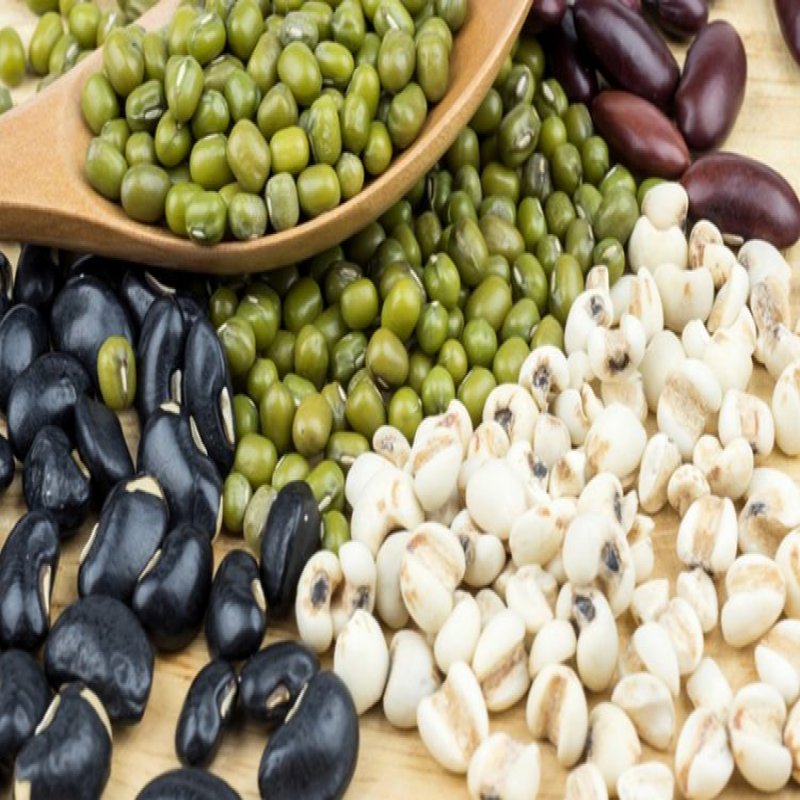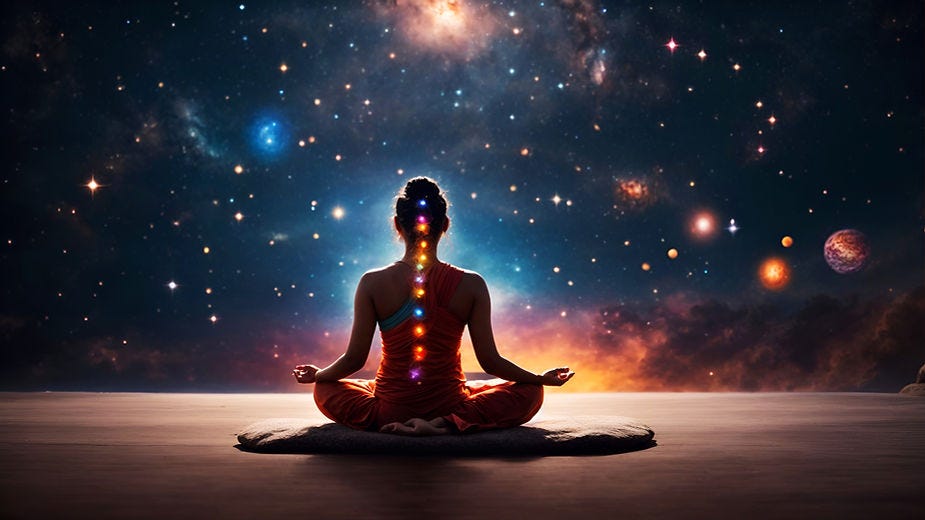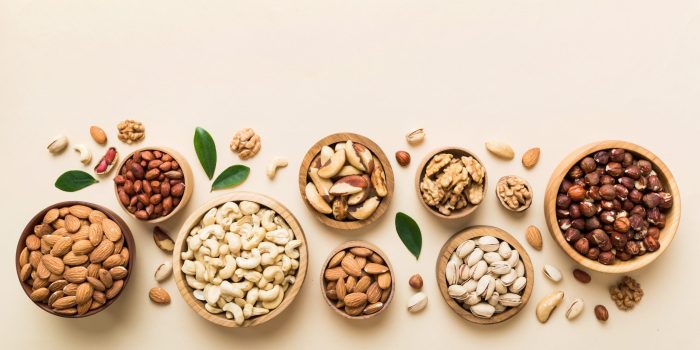
In today’s world, medical care centers are mushrooming everywhere, yet people are falling sick more frequently and are resorting to medical interventions.
However, there are some regions in the world where the average life expectancy ranges between 90 and 100 years old, with many easily crossing the 100-year mark. What’s even more remarkable is that even at the ripe old age of 100, the individuals are active and self-dependent! These regions are called the BLUE ZONES.
The five blue zones are as follows:
- The Italian Island of Sardinia
- Okinawa, Japan
- Loma Linda, California
- Costa Rica’s isolated Nicoya Peninsula
- Ikaria, an isolated Greek island
_1731407644.jpg)
Five blue zones have so far been identified and thoroughly researched by journalist Dan Buettner in partnership with National Geographic. Here, people live longer and healthier than everyone else on the planet, so much so that in each of these places, people living to 90 or even 100 years is common. And they aren’t just living longer—these people are living healthy—without medications or disabilities.
So, what is the secret to longevity and health in these communities? Do they possess modern technology, or do they take massive amounts of supplements? Do they run regularly on treadmills, or is it just special genes? As you may have guessed, the answer is none of these.
The answer is simple: Lifestyle
What are the Commonalities among People Living in these Blue Zones?
Natural Movement
People in Blue Zone areas are active people. They love to walk and they keep themselves physically active. With copious amounts of physical activity, mental ability also improves.

Movement is not just those 60 minutes on a treadmill in a gym. Movement is about ensuring that all the joints, ligaments, bones, and muscles are engaged in physical activities throughout the day. Simple household chores are also a good way to keep your body in motion. This is something we talked about in my previous blog as well.
Read it here.
Spirituality
Being spiritual doesn’t necessarily mean following a certain community, religion, or faith. Spirituality is a way to connect with your inner soul. It is a way to destress yourself from things that are harmful to the mind, body, and soul. Proper, relaxed sleep is also another way to de-stress yourself after a hard day.

Occasional Drinking
Yes, you are reading it correctly! Inhabitants of the blue zones drink occasionally what’s local to them (approximately 100 ml of wine in a day). Drinking occasionally is not a problem, but it should never be looked at in isolation. Occasional drinking is fine as long as it is supported by a healthy lifestyle and healthy choices.
Whole Food Plant Based (WFPB)
Approximately 95% of your diet should be plant-based, adding a rainbow of colors to your diet, and the remaining 5% should come from animal meat. Meat should be eaten occasionally as a celebratory food and not as a dietary staple. People inhabiting the Blue Zones eat an impressive variety of seasonal garden-grown vegetables. The best longevity foods are leafy greens such as spinach, kale, beet, mustard greens, etc., which help keep the liver clean and healthy. Combined with seasonal fruits and vegetables, whole grains and beans dominate the Blue Zone meals all year.
_1731407949.jpg)
Daily Dose of Beans
Beans are a meal staple in all five of the Blue Zones—with a dietary average of at least half a cup per day, which provides most of the vitamins and minerals one needs.

On average, beans are composed of up to 21% proteins, 77% complex carbohydrates, and only a few percent fat. Complex carbohydrates deliver a slow and steady supply of energy rather than an energy spike, which is characteristic of refined carbohydrates like white flour. They are also an excellent source of fiber, which is absolutely crucial for digestive and gut health. Click here to learn more about gut health.
People in the Blue Zones eat at least four times as many beans as Americans do on average.
Beans are the cornerstone of every longevity diet in the world and are consumed as a superfood. Black beans, lentils, garbanzo beans, and white beans are consumed in the Mediterranean regions, whereas soybeans are consumed in Okinawa.
Snack on Nuts
The average Blue Zone centenarian consumes about 60 grams (two ounces) of nuts such as pistachios and almonds. Studies have shown that diets with nuts reduce “bad” LDL cholesterol, regardless of the fat level in them or the number of nuts consumed. A report published in the New England Journal of Medicine has demonstrated that daily nut-eaters are less likely to die of cancer, heart disease, and respiratory disease. Some of the nuts you can consume independently or in combination are as follows:
- Almonds (high in vitamin E and magnesium)
- Peanuts (high in protein and folate, a B vitamin)
- Brazil nuts (high in selenium, a mineral found effective in protecting against prostate cancer)
- Cashews (high in magnesium)
- Walnuts (high in alpha-linolenic acid, the only omega-3 fat found in a plant-based food)

Socialize
When you have like-minded people around you, things are more productive, less chaotic, and more harmonious. The brain releases feel-good hormones like dopamine and serotonin when we are with the company we enjoy. This helps us feel recharged and revitalized. Picking up hobbies we enjoy, doing community service, etc. are other ways to release these hormones.
Eat what’s Grown, not what’s Manufactured
If your aim is to look and feel healthy, the biggest step you can take towards this goal is to replace processed foods with natural foods as much as possible.
If you eat foods created by people in white coats, you will end up being treated by people in white coats!
So, now you know the secret to healthy living from the people who live happily and healthily, way past the 100-year mark.
Isn't it healthy to live something very simple and natural that we have made needlessly complicated and challenging? Take your first steps towards implementing a holistic lifestyle for yourself and your family, as that’s the future!


.png)


